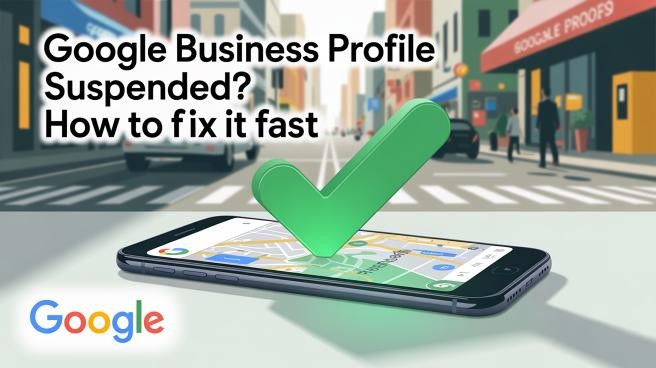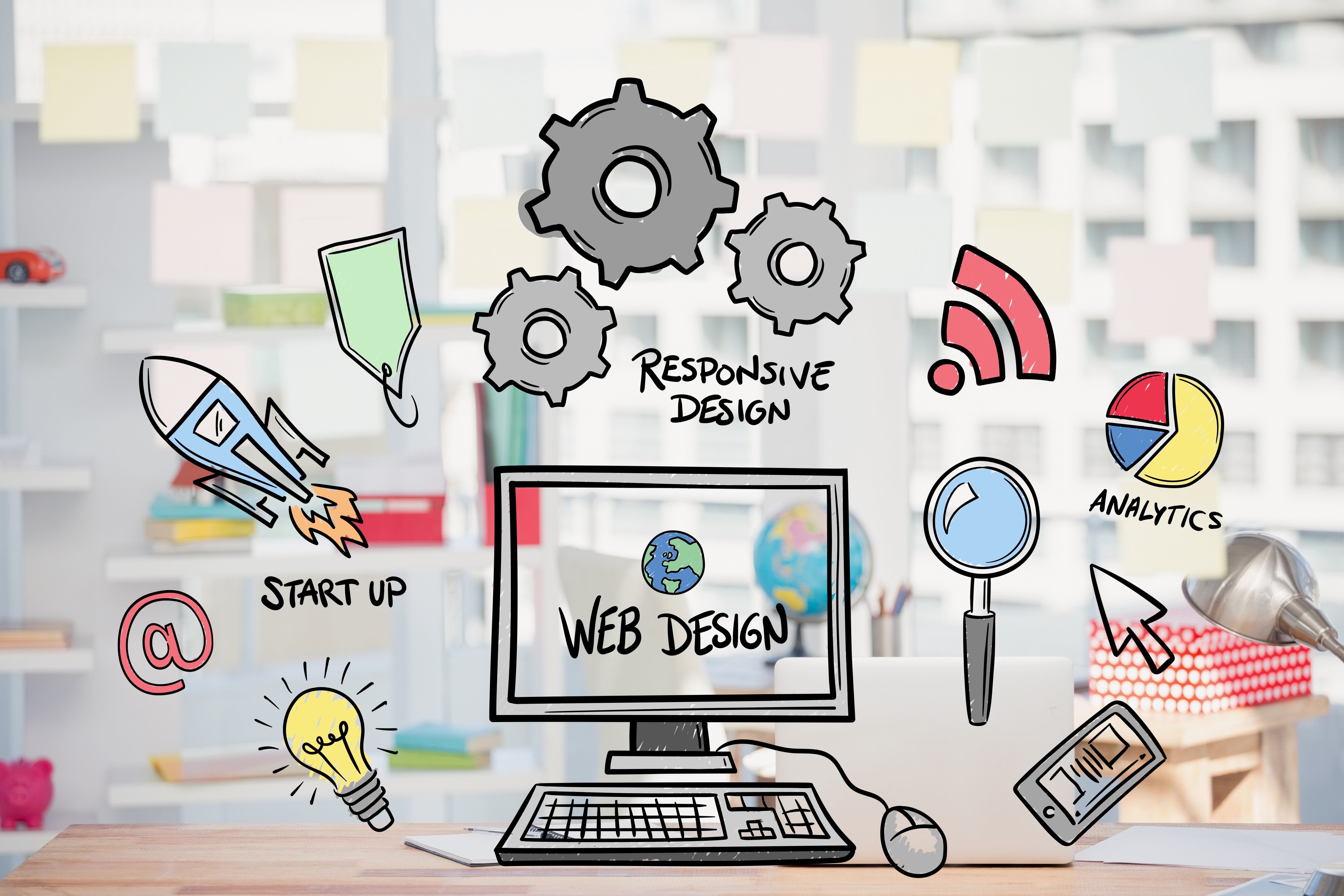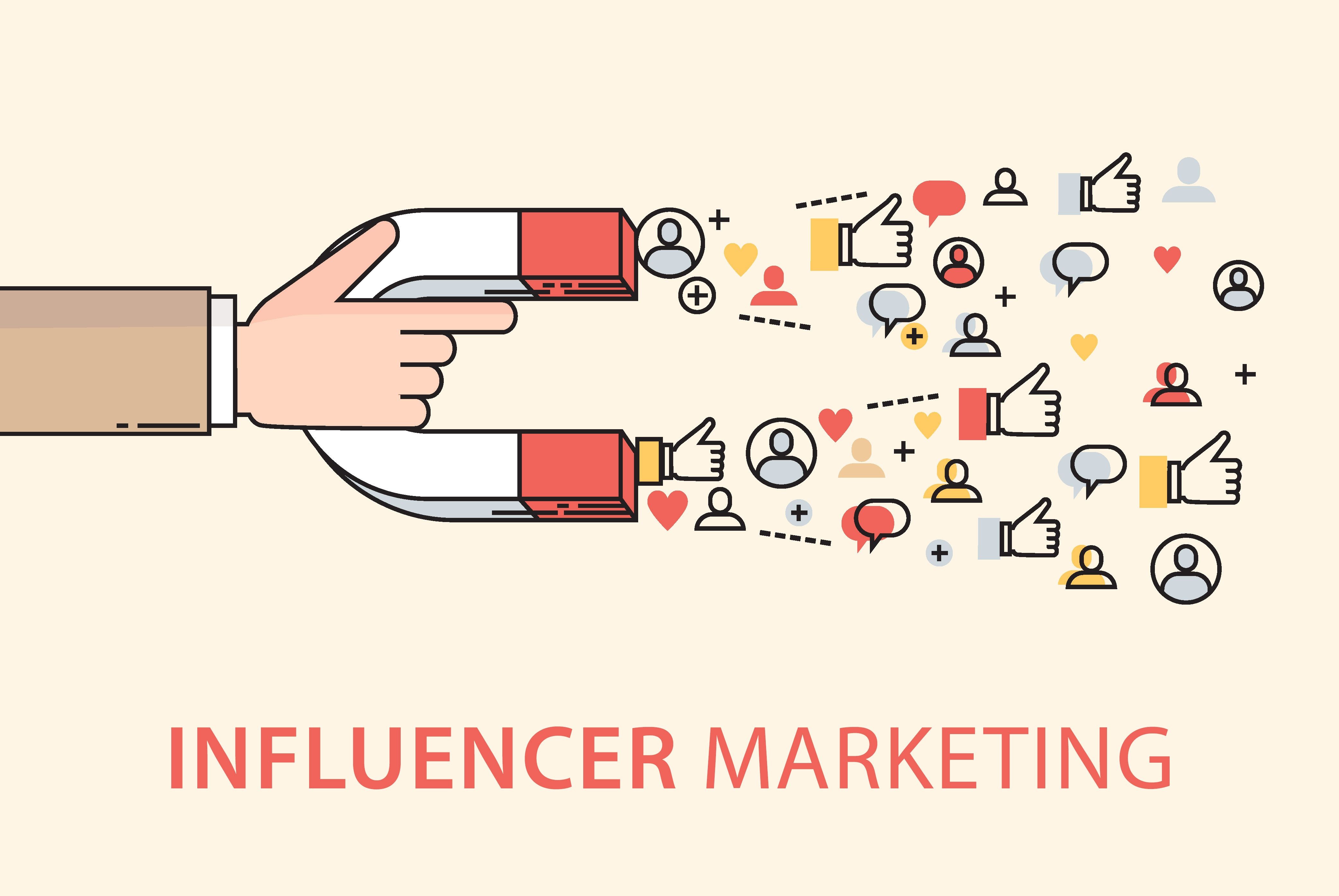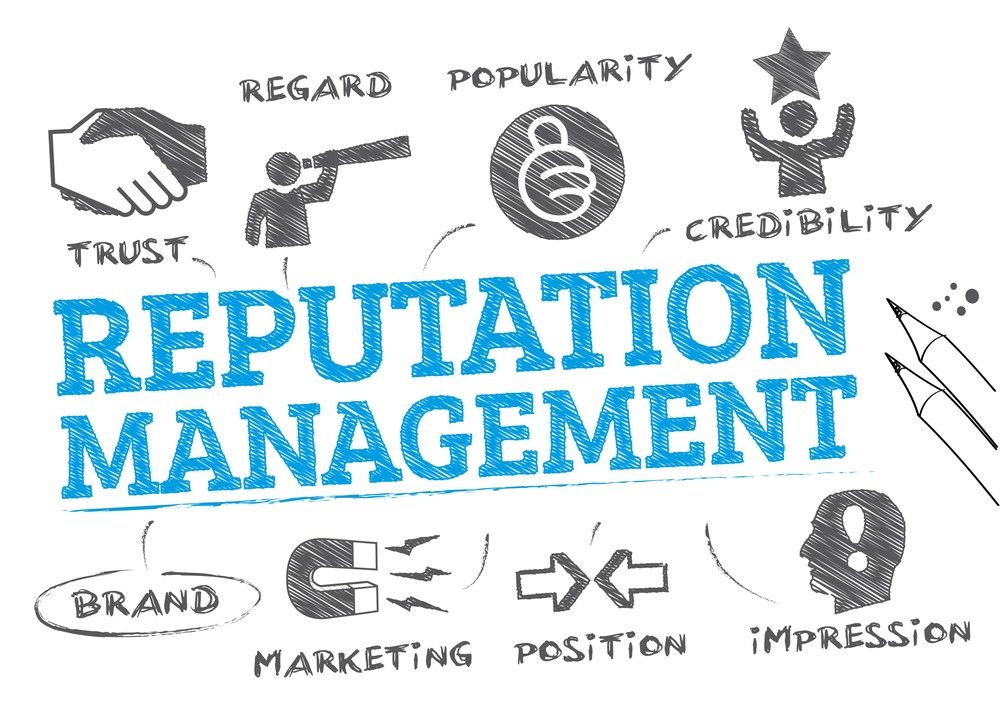Checklist to build a winning e-commerce website

We must have an effective plan to successfully launch a new e-commerce site. Take all necessary steps into consideration so that your client will not face any problems while shopping. To help you in this process, we have made a complete checklist that will cover what your website needs and how to solve it, from simply clicking the chat with us button to payment processing.
Pick out the best e-commerce development platform for you and your target audience. The foundation of your services, whether B2B or B2C, is a well-designed and user-friendly platform. A nicely designed and user-friendly platform is the base of your services, whether B2B or B2C. It must be scalable, adaptive, and capable of streamlining your business operations to improve efficiency.
When selecting a platform, consider finding one that corresponds with your specific goals and provides exceptional service over just going with the most popular one on the market.
These are the main options to consider:
Custom-built platforms: If the ready-made template is not meeting your expectations, then go for a custom-built web design. We must say it will be a little bit expensive, but you have your advantages like being able to customize anything you want.
Open-source Platforms: This option gives access to the source code and is usually developed and maintained by a global community. Magento, WooCommerce development, PrestaShop, and OScommerce are some popular open-source platforms. While there are no upfront charges for these platforms, you must include expenses for initial development, ongoing development, updates, and migration.
SaaS platforms, also known as programme-as-a-Service, work on a subscription model in which customers pay a monthly or annual price to access and utilize the program. Third-party suppliers host these platforms, which do not require downloading. Shopify, Wix, and BigCommerce are examples of popular SaaS e-commerce platforms.
It is crucial that your website works on all browsers and devices. If your website works fine when accessed from a laptop but when opened from a mobile phone or tablet it takes time to load or the page is not fully viewed, the user may exit the page and may never return to your page.
Consider the following standards to ensure optimal website functionality:
Cross-browser and device compatibility: Your website should perform effortlessly on all browsers and devices, including mobile phones and tablets, as a major share of site visitors use these platforms.
Accurate form data capture: Forms play an integral part in generating traffic and leads. It must be done to ensure that form fields correctly capture and transmit data to the specified email address. To prevent spam submissions, provide suitable validation mechanisms.
Repair broken links: Broken links and missing images might harm your website's rating on search engines such as Google. To maintain a positive online presence, it is vital to address and correct any broken links or missing content as soon as possible.
Registration or account login buttons: They should be visible on all pages of your website. This improves user accessibility and the overall user experience.
Live Chat: The Integration of live chat and chatbots is essential for customer engagement and support. You can assist clients during their purchasing journey and immediately address their queries if you are present in real-time. By answering client inquiries and directing them through your website, AI chatbots may provide continuous service, even after regular business hours. This enhances the customer experience and their interaction with your brand.
Design/UI: Consistency in design aspects is essential for providing a consistent user experience on your website. Users will know what to expect when they click on links if you use the same design, navigation, and content structure across all pages, improving their ability to traverse your site.
Make essential data easily accessible to customers, whether through clear navigation menus, a top-level menu, or a search engine. All pages should display images, videos, and other material correctly. Paragraphs should be aligned correctly, lists should be structured properly, and headers (H1, H2, H3) should adhere to Search Engine Optimization (SEO) best practices.
Every page should prominently display a shopping cart symbol to support a pleasant shopping experience. Include a search bar at the top of your website to help visitors quickly find what they're looking for. Consider adding autocomplete features, searching for misspelled words, and allowing picture searches in addition to text inquiries.
You can create a great user experience, provide proper navigation, and, of course, make it easier for customers to interact with your website with the help of these design and functionality factors.
Imagine yourself as a website visitor: Consider yourself a website visitor: If you want to create a fantastic e-commerce website design, you should begin by studying your target audience and attempting to understand their needs. Customers, in the end, want an e-commerce website that is simple to use, attractively designed, and facilitates the purchasing process.
Put yourself in the shoes of your client during the design process. Pick the layout that will be the most user-friendly for them. Group your products in a way that is logical and intuitive to the end user. Make the checkout procedure as straightforward and painless as possible.
Conclusion
By taking your consumers' points of view into account, you can predict their requirements and create your website to meet them successfully. The effectiveness of your e-commerce store is dependent on providing a simple, user-friendly experience.
Related Blog

Google Business Profile Suspended? How to Fix It Fast

How to Recover a Disabled Facebook Account?

What to Do If Your Facebook Account Is Hacked and Your Email Is Changed

LinkedIn Shadow Ban: How to Avoid and Fix it

How to Recover a Hacked WordPress Website

How to start an IT company in Dubai

Best Ethical Hacking Companies in Dubai

Webflow vs WordPress Which is Better for Website Design?

20 Tips for Effective LinkedIn Marketing in Dubai

Top 10 Software Development Companies in Dubai


What is the Software Development required for Creating Payment Gateways?

How does Google treat AI Content in SEO?

How to create a proper content distribution strategy

How can Brand agencies bring success to B2B Business in the UAE?

Maximize Sales with e-commerce Advertising Strategies

Schema Markup for SEO: Boost Your SERP Visibility with Structured Data

FIVE STRATEGIES TO INCREASE YOUR BRAND LOYALTY

What are the Branding Strategies for a Small Business in the UAE?

How can digital marketing be useful for small businesses?

What are the Things to Consider for Hiring Creative Agencies?

What are the different ways to protect the website from unethical hacking?

What are the mistakes to avoid while customizing a WordPress website?

Why is Website Maintenance important for your Business?

Trends of Future Creative Agencies in UAE

How can AI transform digital marketing in the UAE?



How can a powerful Landing Page Design lead to higher conversion?


WHAT ARE THE SUCCESSFUL ELEMENTS REQUIRED FOR BRANDING A WEBSITE IN UAE?

What are the best web designing tools that can renovate your site?

What are the web designing strategies that can improve the SEO ranking?

How social media impacts the promotion of the business in the Future?

What is the SEO checklist involved in content writing?

Top Ten Mobile App Development Companies in UAE

How do we choose the best brand name for the business in UAE?

What are the top e-commerce Software Solutions required for the IT industry?

Why is user experience crucial in website development?

How to Choose the Right Ecommerce Platform for Your Business

How to Optimize Your LinkedIn Profile for Maximum Exposure?

How Can Branding Agencies in The UAE Promote Businesses?


Top 10 SEO Agencies in Dubai

TOP TEN MARKETING CONSULTANTS IN DUBAI

The Top 10 Must Have WordPress Plugins for Your Website

The Future of Facebook Marketing: Trends and Predictions

What are the successful CRM strategies?

Reasons why you should hire a professional branding agency

How Web Development Helps Your Business

How to Grow your digital agency in 2023?

Why Cyber Security is Important for Your Business

Key Factors for Choosing the Right System Integrators

How to Choose the Right Reputation Management Company

How Ethical Hacking is Different from Normal Hacking?

Things to Consider While Choosing a Software Development Company

Top 7 Reasons to Hire a Content Marketing Agency in Dubai

10 Factors to Consider While Selecting Web Designing Companies in Dubai

Importance and Benefits of SEO for Your Business

TIPS FOR CHOOSING A SOFTWARE TESTING COMPANY

Questions You Should Ask Before Choosing A Social Media Agency In UAE

How to Market your Local Business in Dubai?

How to choose a good digital marketing agency for your business in Dubai



